🌱 1. Nurturing Urban Biodiversity: Creating Pollinator-Friendly Habitats
🌸 Diverse Plantings of Native Species
Native plants are species that have evolved in a specific region over thousands of years, adapting to the local climate, soil, and wildlife. Because of this adaptation, they require less maintenance and provide vital nourishment and habitat for local pollinators. Planting a variety of native species supports diverse pollinators year-round by offering staggered bloom times, shelter, and high-quality nectar and pollen. This is what good pollinator friendly urban gardening is all about.
Plant native flowering plants with staggered bloom times to provide nectar and pollen from spring to fall.
🐝 Habitat Planning for Overwintering and Nesting Needs
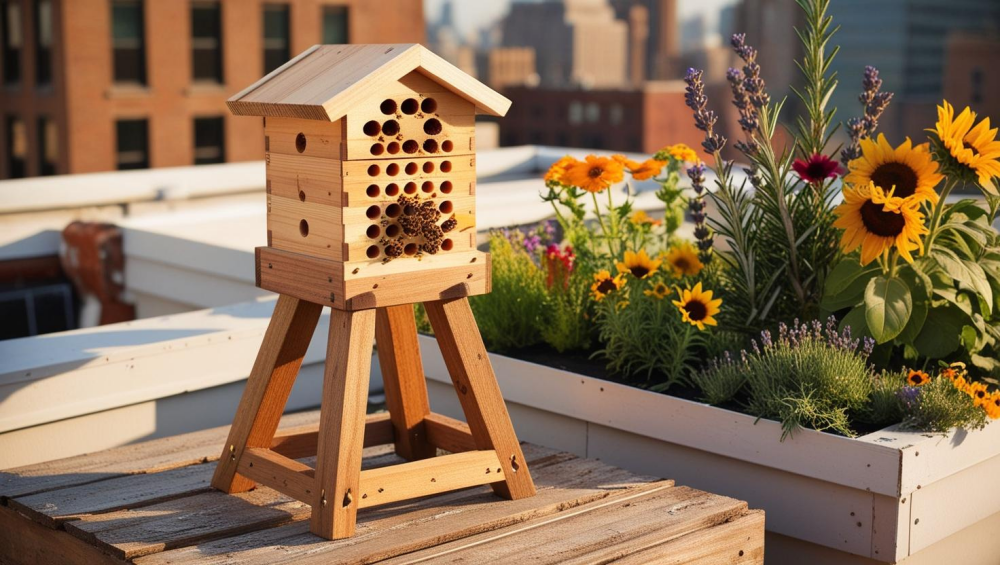
Bee hotels, dead wood, and bare soil patches, these are These simple features give pollinators the shelter they need.
Bee hotels are especially valuable in cities. Most bee species are solitary—they don’t live in hives. Instead, these solitary bees nest in small spaces like cracks, hollows, and burrows or holes. A bee hotel provides them with a safe, ready-made shelter right where they need it.
🏡 Role of Green Spaces
Encourage gardens, parks, balconies, and rooftops to be planted with pollinator-friendly species. These areas act as urban refuges for pollinators.
In a fascinating study from Port-au-Prince, Haiti, researchers explored how different urban green spaces support pollinators. They found that city gardens—spaces where crops grow alongside trees—actually hosted more diverse insect life than untouched forest patches. Nearly 2,750 insects were collected, including two rare butterflies like the island-native Zetides Swallowtail. The takeaway? Even in the heart of a bustling tropical city, well-planned gardens can play a huge role in protecting pollinators.
🌼 Wildlife Corridors to Facilitate Pollinator Movement
As human development fragments the natural world, animals and pollinators face increasing challenges in finding food, mates, and shelter. Wildlife corridors offer a lifeline—linking isolated habitats and restoring the natural pathways many species depend on. Without these connections, entire populations risk decline or extinction.
Connect green spaces by using flower beds, shrubs, or tree-lined paths. These corridors let pollinators move freely Wildlife Corridors bridge the gap between green pockets in an otherwise built-up environment. By planning for pollinator friendly urban gardening, even a row of planters on a sidewalk can make a critical difference.
A great example is the Pollinator Pathway in Seattle, Wahington. Initiated by artist and designer Sarah Bergmann, this project connects green spaces across Seattle using native flowering plants along city sidewalks. It exemplifies how urban infrastructure can be transformed into ecological corridors for pollinators. Wikipedia
🐞 2. Paving the Path to Safer Gardens: Reducing Pesticide Use
❌ Curtailing Pesticide Usage
Avoid Synthetic Pesticides: Protect Pollinators and the Ecosystem.
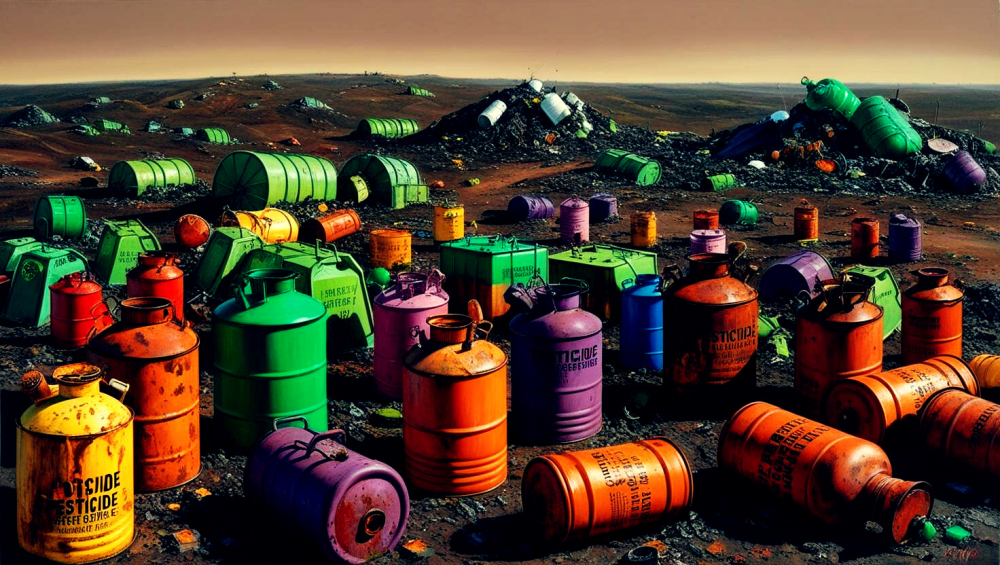
Many people fall for some common myths about pesticides which can harm pollinators and the ecosystem. One widespread misconception is that pesticides only target pests, not beneficial insects like ladybugs. Another myth is that organic pesticides are always safe. In reality, both synthetic and natural pesticides can pose risks to pollinators, even weeks after they’ve been applied. Herbicides and fungicides can also harm pollinators by removing food sources or weakening their immune systems. To minimize environmental harm, pesticides should only be used as a last resort. Always consider safer, alternative methods first.
🧠 Integrated Pest Management (IPM)
IPM combines natural methods to control pests while protecting pollinators. Key strategies include crop rotation to keep pest numbers down. One method is Companion planting (like marigolds), this naturally repels the pests., Pest monitoring is also an effective way to catch problems early. These simple steps help create a healthier garden and support pollinators.
🌿 Natural Solutions
There are a few natural alternatives to pesticides that can help protect your garden without harming pollinators. Neem oil, derived from the seeds of the neem tree, acts as a natural insecticide. Garlic spray and diatomaceous earth are also effective options. Additionally, introducing beneficial insects like ladybugs and praying mantises can help control pests naturally. Always look for the natural options. Pollinator friendly urban gardening involves eliminating harmful elements from the ecosystem. It also involves introducing plants and practices that attract and support pollinators
Use neem oil wisely, it can smother larvae and should be avoided on plants where butterflies lay eggs
🏛 Urban Policy Advocacy
Support local bans on harmful pesticides. Encourage community gardens and nurseries to go chemical-free and spread the word.
Click here for information about “Organic Pest Control for Urban Gardens“
🧑🤝🧑 3. Educating and Engaging: Lighting the Path for Community Action
📢 Public Education
Host or attend workshops and talks to share why pollinators are so important. Adding signs to your garden explaining your actions can also help others understand and get involved.
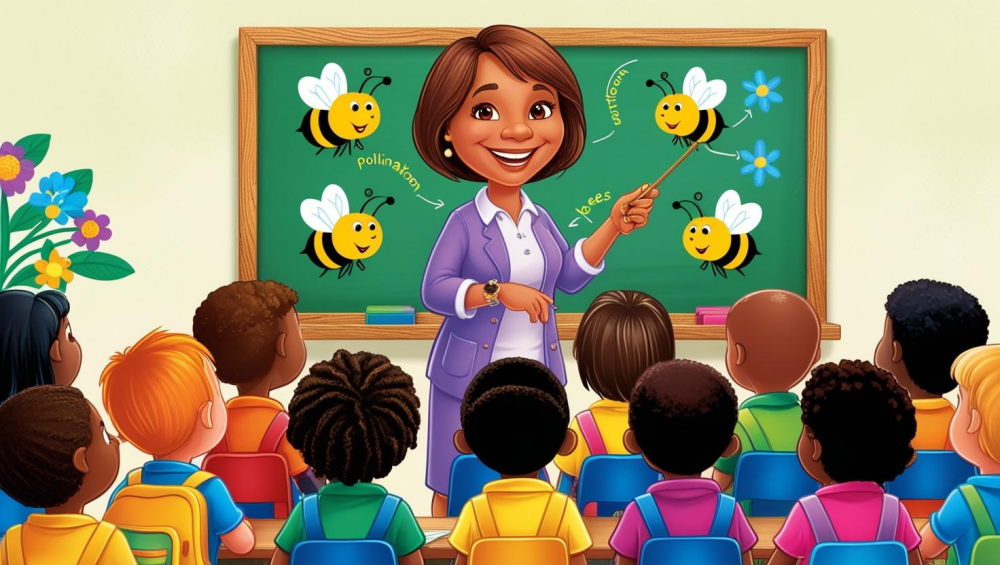
🌍 Grassroots Movements
Start or join a local pollinator club. Working together as a community can accelerate positive change.
🌻 Hands-On Activities
Organize events like planting days, seed swaps, or pollinator garden tours to get your neighbors excited and involved.
🐦 Fostering Wildlife Corridors
Partner with schools, libraries, or churches to create green spaces that connect, helping pollinators move freely. Collaborating with schools sparks curiosity in children. Involving them early in life can inspire a lifelong appreciation for our eco-system. Teaching them about these crucial pollinators helps instill environmental stewardship that lasts a lifetime.
🌏 4. Sustaining Nature: Broader Urban Considerations
🌾 Reduce Mowing and Pruning
Letting your lawn grow longer can benefit pollinators—especially bees. When you mow less often, flowering plants like dandelions and Dutch clover have a chance to bloom. These flowers provide essential nectar and pollen for bees and other pollinators.
Longer grass also helps other invertebrates. It offers shelter for ground beetles and host plants for certain butterflies. While it’s not a perfect fix, reducing how often you mow is a step toward a more pollinator-friendly yard.
That said, if your lawn is mostly turfgrass and non-native weeds, the benefits might be limited. Many of these plants don’t support native bee species well and can sometimes be invasive. Replacing your lawn with a mix of native grasses and wildflowers is ideal for supporting pollinators. Still, even small changes—like mowing less and allowing plant diversity—can make a difference.
Smart pruning helps too. It encourages flowering, which draws pollinators in. But be careful: pruning in early spring can disrupt habitats for insects and reduce the resources pollinators rely on.
🪻 Use Native Plants
Native plants evolved in your region’s climate and soil and are perfectly suited to your area. They provide the best support for local pollinators and ensure a thriving ecosystem. Native plants always work best when creating and following pollinator friendly urban gardening methods.
🛍 Empower Local Businesses
Connect with your local small business community. Encourage cafes or shops to add planters with pollinator-friendly plants or eliminate the use of harmful sprays from their landscaping.
🏙 Plan with Purpose
Everyone can play a role in shaping greener, more pollinator-friendly communities. Support local efforts to include pollinator habitats in urban planning—like community gardens, green roofs, and native plant landscaping. Talk to your city council, attend local planning meetings, or join groups advocating for green space. When pollinator-friendly practices are part of zoning laws and city projects, the impact can be big and long-lasting and noticeable.
I found a short and informative YouTube video titled “How to help pollinators in cities”
🌟 Final Thoughts
Urban pollination isn’t just possible—it’s powerful!
Every plant we nurture, every chemical we avoid, and every neighbor we inspire helps our cities bloom with life.
Let’s grow a better city together—one buzzing, blooming space at a time. 🌼🐝
Happy Gardening


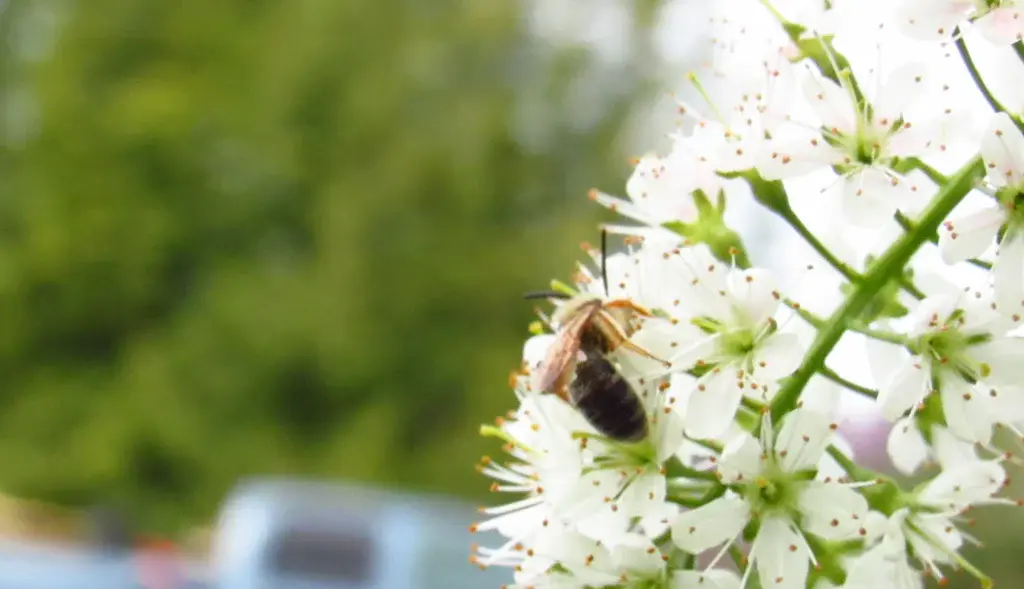
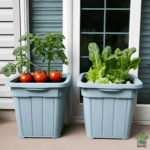
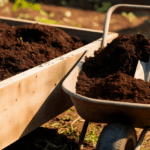
Wow, Ken, this post is absolutely buzzing with good vibes and smart solutions! I love how you break down urban pollination into real, doable actions—makes me want to go plant a mini wildflower meadow on my balcony ASAP. The bee hotels idea? Genius. Who knew tiny Airbnb’s for bees could be so important?! Also, major shoutout to the Seattle Pollinator Pathway—urban planning with flower power, yes please! It’s inspiring to see how even small green choices can add up to big change. Thanks for sharing such a hopeful and helpful guide. Now excuse me while I go make friends with the local ladybugs and start a neighborhood seed swap. #PollinateTheCity #BeeTheChange